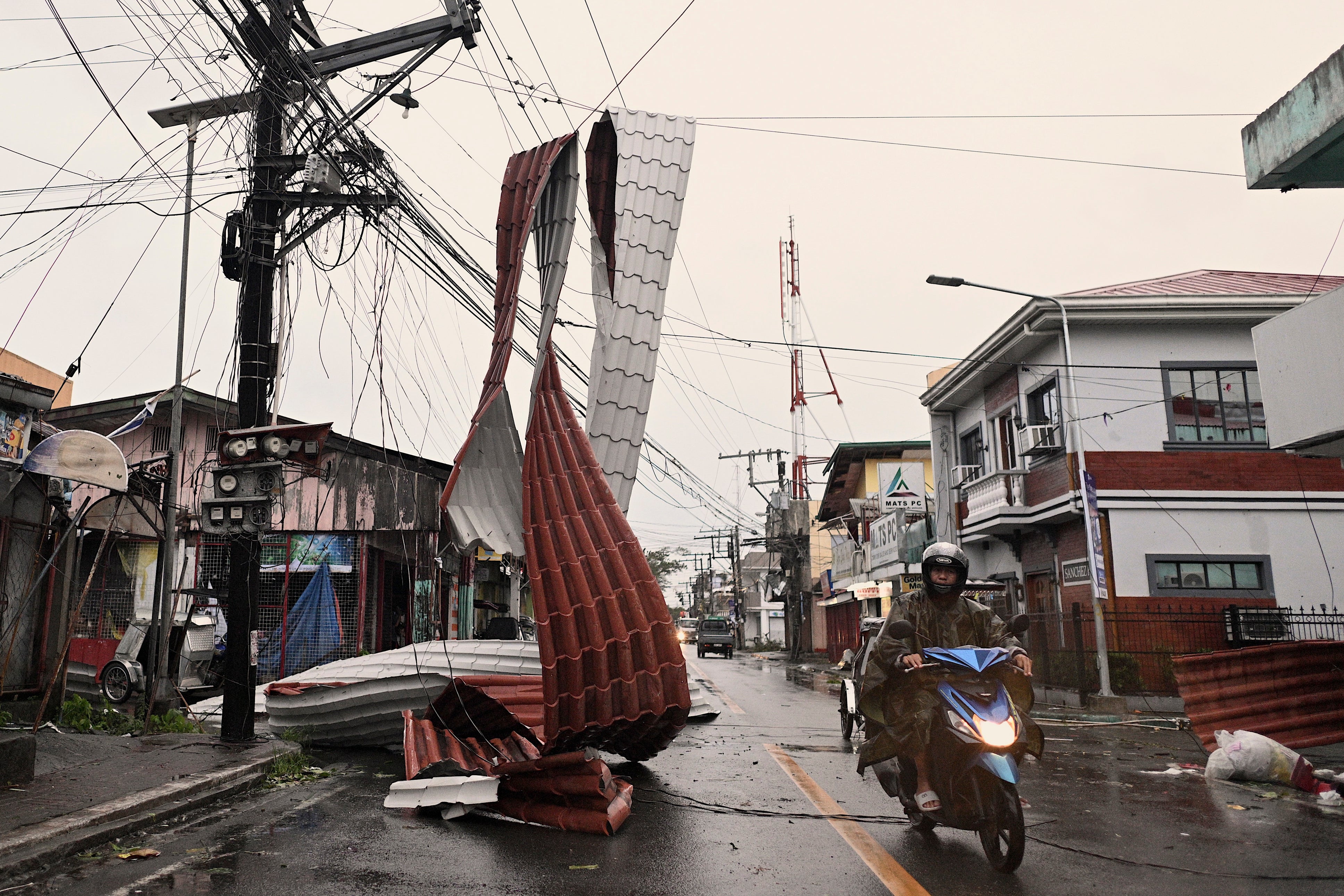Southern China suspends ferry services as storm brings winds, high waters to coastal regions
Parts of coastal southern China have suspended ferry services as a major storm passes into the South China Sea, bringing high winds and heavy waves to much of the region

Your support helps us to tell the story
From reproductive rights to climate change to Big Tech, The Independent is on the ground when the story is developing. Whether it's investigating the financials of Elon Musk's pro-Trump PAC or producing our latest documentary, 'The A Word', which shines a light on the American women fighting for reproductive rights, we know how important it is to parse out the facts from the messaging.
At such a critical moment in US history, we need reporters on the ground. Your donation allows us to keep sending journalists to speak to both sides of the story.
The Independent is trusted by Americans across the entire political spectrum. And unlike many other quality news outlets, we choose not to lock Americans out of our reporting and analysis with paywalls. We believe quality journalism should be available to everyone, paid for by those who can afford it.
Your support makes all the difference.Parts of coastal southern China suspended ferry services as a major storm passed into the South China Sea, bringing high winds and heavy waves to much of the region.
The storm was downgraded Wednesday from Typhoon Man-yi, which left seven dead in the Philippines and worsened the crisis caused by back-to-back storms that battered the disaster-prone nation.
It is now categorized as a low-pressure area lingering south of China’s Hainan Island, according to the Hong Kong Observatory, which said its maximum sustained winds were a relatively mild 40 kilometers (25 miles) per hour.
Climatologists have predicted a greater frequency of such storms, but better preparedness and early warning systems in the Asia Pacific nations most affected have helped mitigate some of the most dire consequences.
Higher sea temperatures caused by a warming climate are increasing the amount of moisture in the air and extending the typhoon season from its usual annual end point of September. Europe, particularly Spain, and the southeastern United States have also experienced devastating storms in recent weeks.